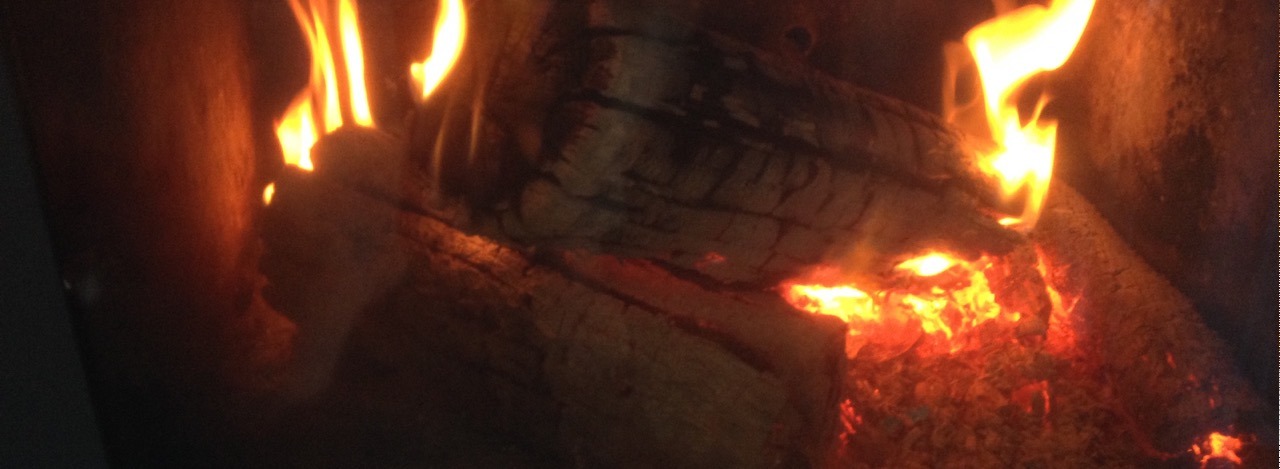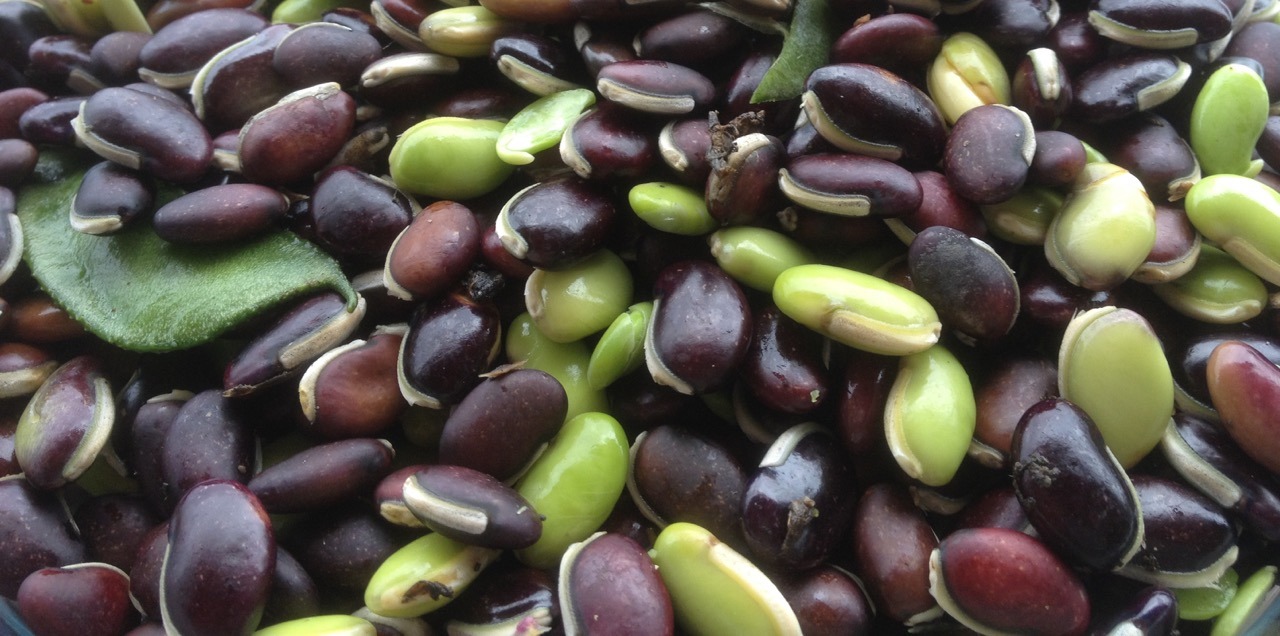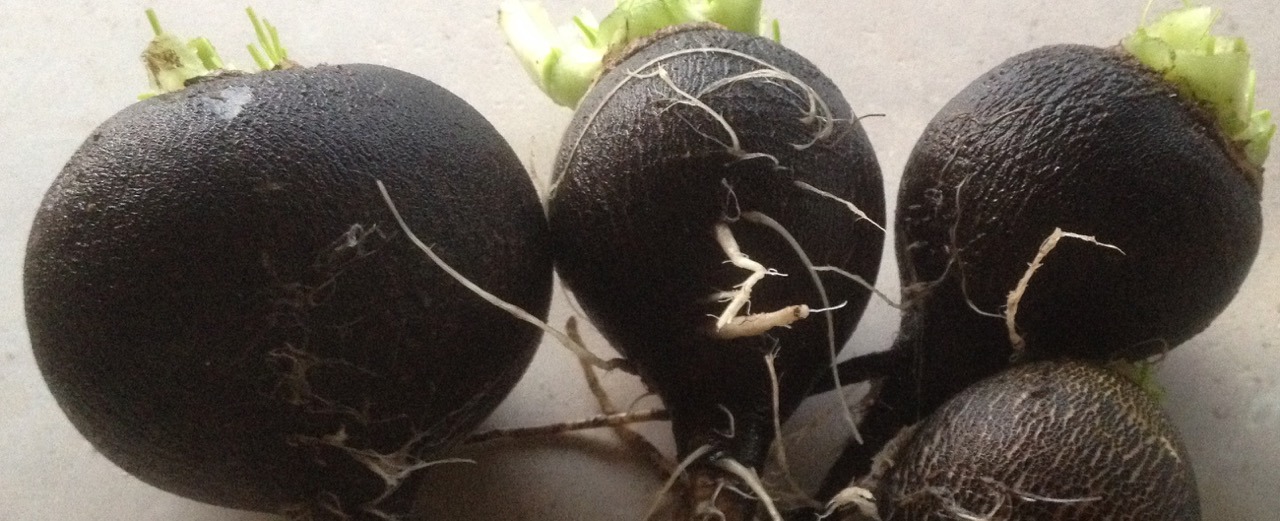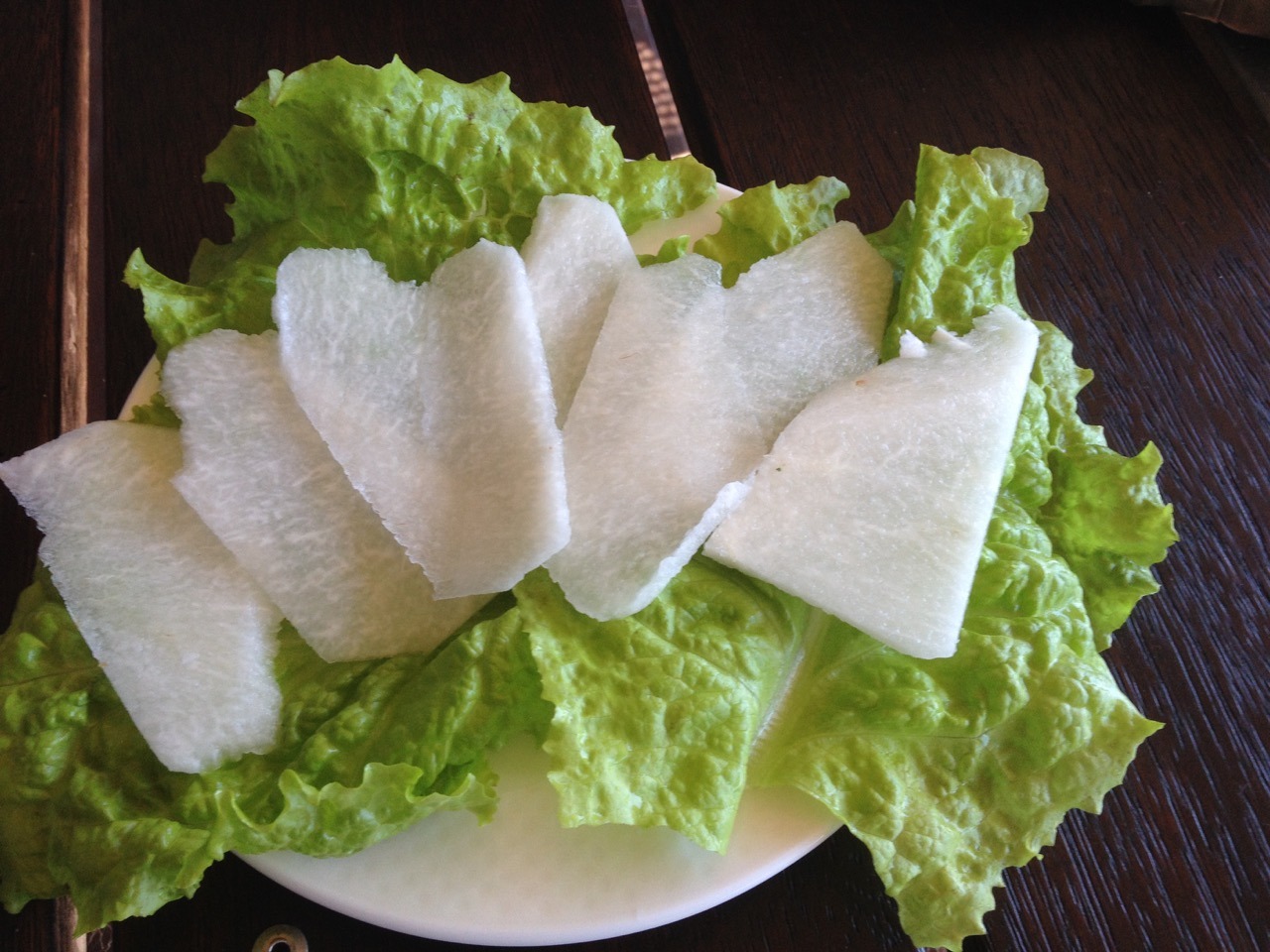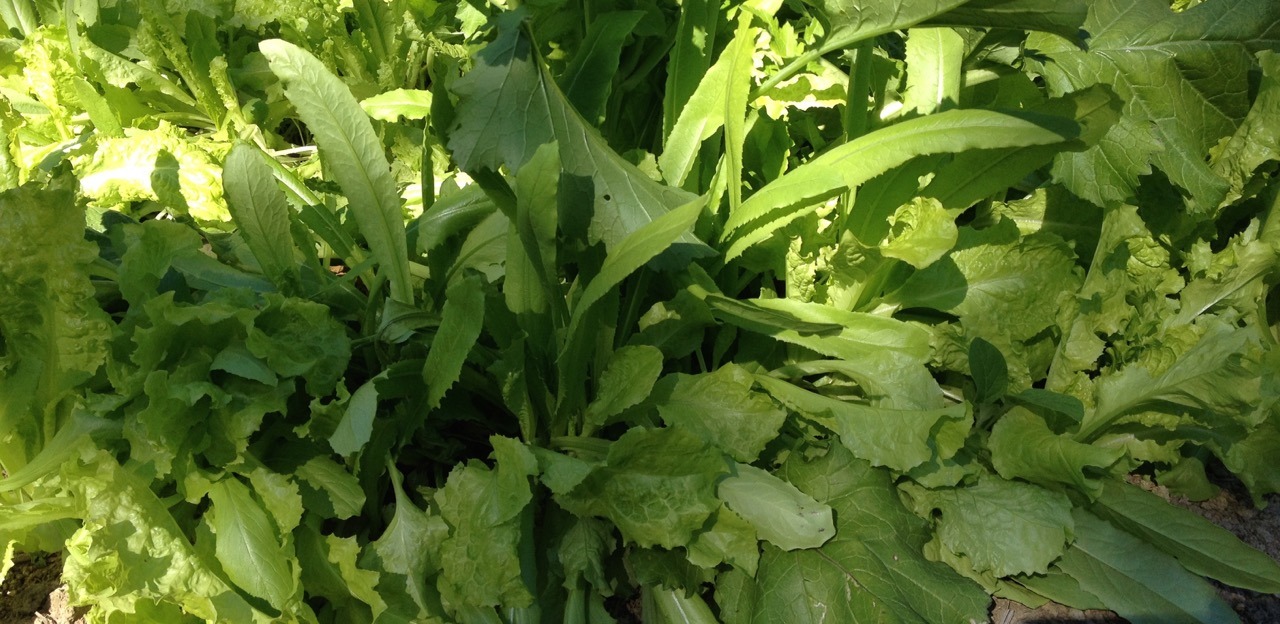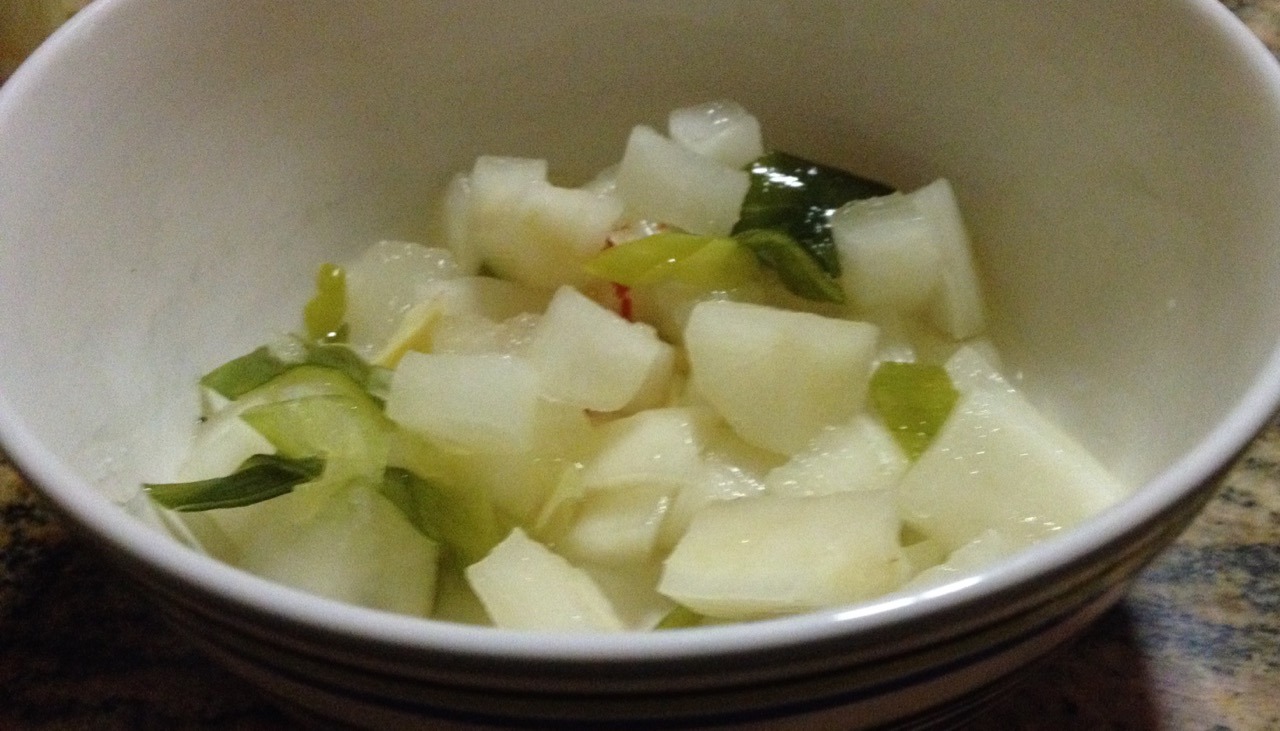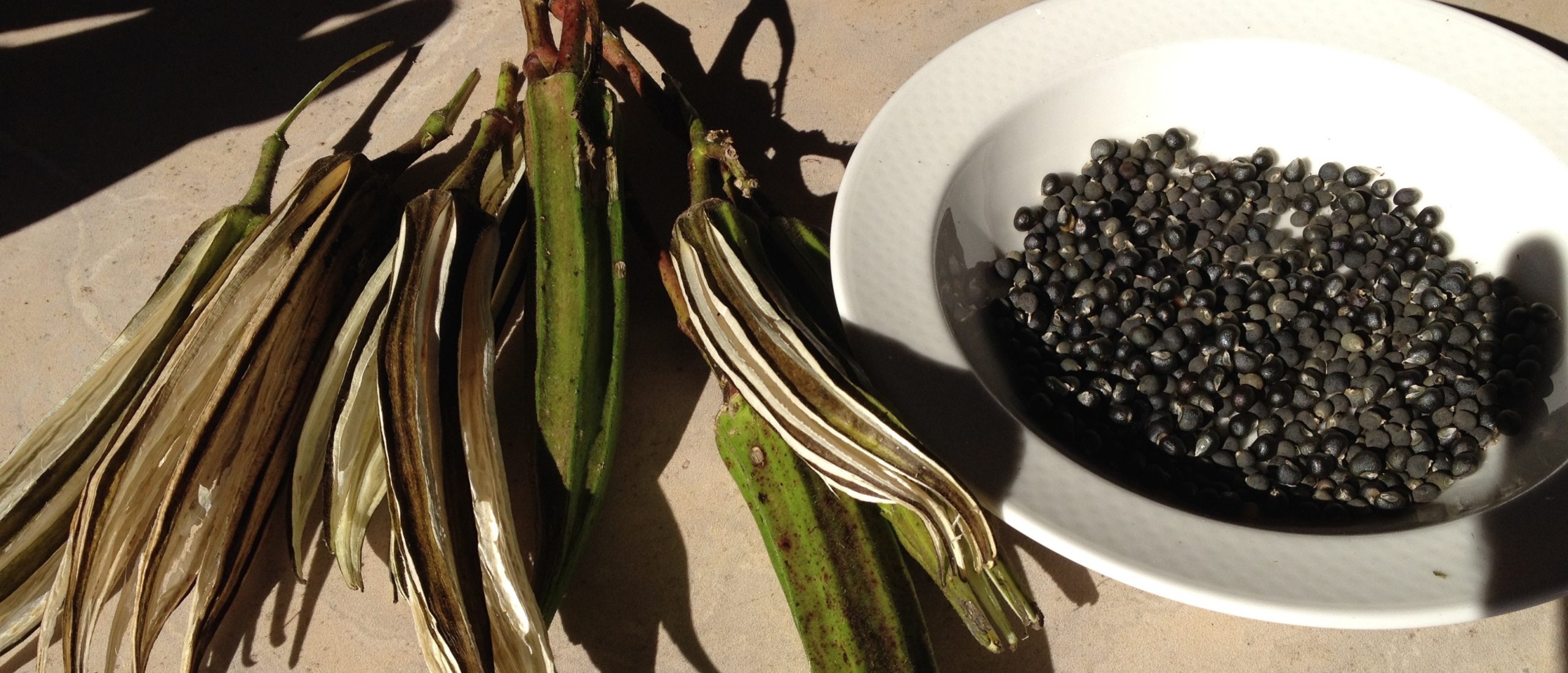Growing tomatillos can take a bit of local experience. In many places they are a Summer crop, but my Summer tomatillo crop was a flop. The bed grew beautifully and the plants were covered in fruit, and then the beetles moved in and stripped the lot to stems. But the fallen fruit re-seeded a Winter crop, which although sporadic around the garden is doing very well and not getting eaten at all.
Read MoreTag: sustainability
Stovetop meals
It doesn’t get particularly cold here, frosts are rare, but it’s nice to have a fire going in the shorter, darker days, and sometimes we need one just to drive out the damp when it’s been raining for days and we would like to get some laundry dry. Cooking stovetop meals There’s something primally satisfying about having a fire at night. We have a slow combustion stove in the living room. It’s a good size and very efficiently heats the house. A plus with it is that it’s good for cooking a…
Read MoreGrowing turmeric
If you have the right climate and a sunny well drained spot, growing turmeric might be worth a try. It is a relative of ginger, and grows to a similarly attractive clump of lush leaves, which die down in Winter to leave a crown of tasty rhizomes.
Read MoreLablab beans for chicken feed.
Lablab, dolichos, hyacinth bean, this bean has a multitude of names, which indicate how widely grown it is. Lablab beans grow on a sprawling vine and will be handy here for covering slopes productively. The foliage is good fodder, and apparently will come again if you slash it back to use as a green manure. It gets the name hyacinth bean from the pink flower spikes, which are edible and good in a salad.
Read MoreBlack radish – for us or the chickens?
Black radish seeds seemed like an interesting option from the seed merchant, so in my spirit of adventure and finding what grows best for us here, I bought a packet. They were something different from the usual, and worth a try. When I started pulling them, I was wondering if they would be consigned to the experience bin, but with a few tasty crops and recipes tried, I’m a convert.
Read MoreJicama; easy and delicious.
Jicama first came to my attention through Jeremy Coleby Williams‘ excellent blog on subtropical gardening, and segment on Gardening Australia. I had also been intrigued by Matthew Kenney‘s raw food recipes, where he uses thinly sliced jicama as a layer in nori rolls. Jicama is another food that is not widely used or available in Australia, so I was keen to try it myself. In early Winter my jicama plants were looking a bit end-of-season, with some purplish leaves, so I had a go at digging one. I had thought I could…
Read MoreGrowing Celtuce
The celery of the lettuce family is called celtuce. It’s been selected for its stems, rather than the leaves, but the young leaves are also good for salads. Sowing seeds too thickly is a common error, especially for me, but fortunately with lettuce you can salvage the situation by thinning them out and using the thinnings for salad. We have been having celtuce as a salad lately, and also for cooking, as I thin out my lettuce bed in favour of standard lettuce.
Read MoreMaking daikon kimchi
Making daikon kimchi is an excellent way to spread out a harvest. My daikon (white radish, mooli) crop did very well, but after a few weeks of picking, the final half dozen plants needed to be pulled to make way for the next planting. So with the fridge already loaded with daikon roots, I decided to try a fermentation.
Read MoreOkra and rosella seed saved
Seed saving is important for all sorts of reasons. There is the worthy argument that you are preserving heritage cultivars and sticking it to multinationals, but a more practical reason is that it gives you the opportunity to try out as much planting as you care to. My two star performing hibiscus relatives, okra and rosella, have just provided me with more seed than I could use. The okra pods are in the main photo. The plants had grown more than two metres tall and had given us a massive…
Read MoreBeefsteak tomatoes
For flavour and texture, beefsteak tomatoes are hard to beat. Their large size and fairly flat fruit make them good for sandwiches, and they have thick flesh and less seed than other tomato types, meaning the flavour is less acid.
Read More

